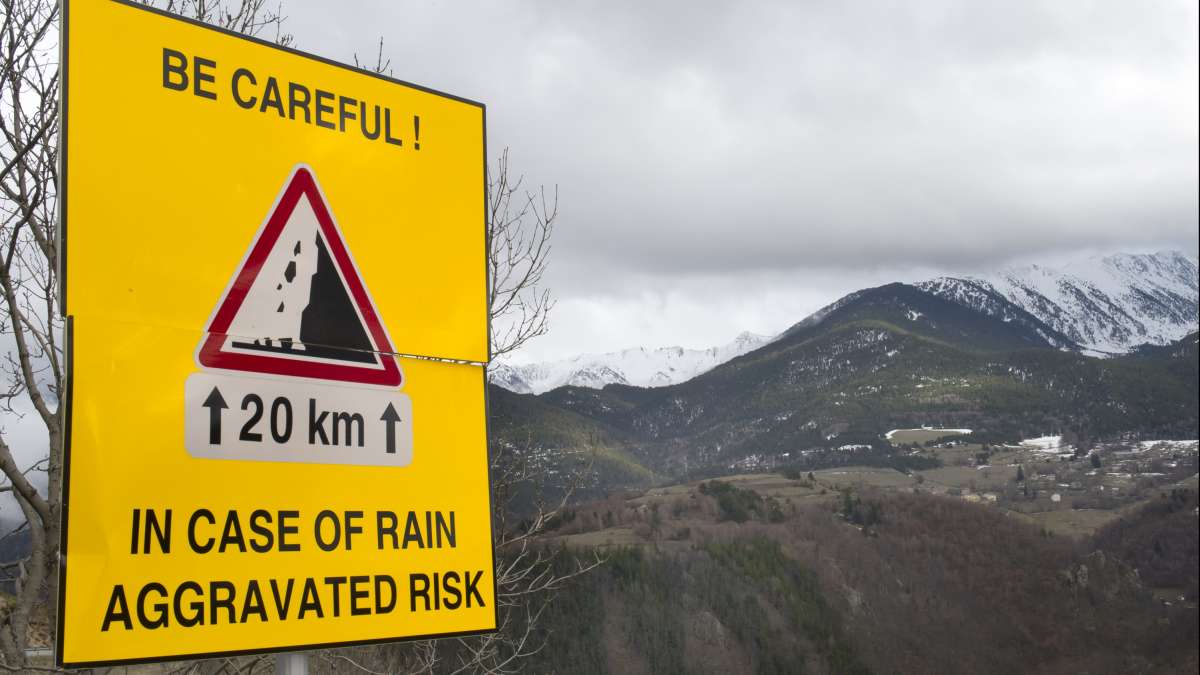
Which are the transport networks and infrastructures most at risk to extreme climate change impacts?
The Cerema published in 2015 a technical framework to help transport operators to identify these vulnerable infrastructures and networks. Moreover, the Cerema facilitates a group of operators and experts who apply the framework and gathers feedbacks on the implementation of this framework, in order to improve it.
The main steps of the framework are:
• defining and analyzing climate hazards that could impact infrastructures and networks, including traffic, and there possible evolution in the next years or decades
• breaking down the transport networks studied into smaller units : systems (tunnel, bridge, etc.) and components (cable, etc.) and analysing the physical vulnerability of each system and component thanks to vulnerability factors
• defining and rating the functional criticality of the network, which depends on the functionnalities of the network and their characteristics: light and heavy goods vehicles traffic or other specific functionnalities for ports, airports, etc.
The cross-referencing of climate hazard, physical vulnerability and functional criticality ratings defines a risk level. This type of study follows an iterative process: the number of iterations depends on the level of detail expected and, therefore, on the objectives of the assessment.
Upon completion of the assessment, various strategies and risk processing measures can be implemented.

